Why Socks Leave Marks: Understanding Causes and Prevention
Ever questioned why socks leave those annoying marks, or scars, on your calf, causing pain? The answer lies in the tight elastic bands designed to keep your socks up. These bands can restrict blood flow, leading to those unsightly imprints and symptoms. But fear not, there are ways to prevent this discomfort and still enjoy wearing your favourite socks all day long. From choosing the right size to opting for seamless designs, simple adjustments can make a world of difference in your comfort level. Join us as we delve into the symptoms and problem behind sock marks, discover practical solutions for a mark-free sock experience.
Key Takeaways
- Choose the Right Socks: Opt for socks made from natural fibres to reduce the chances of leaving marks on your skin.
- Avoid Tight Socks: Opting for properly fitting socks can help prevent sock marks caused by constriction.
- Monitor Medical Conditions: Be aware that certain medical conditions can contribute to the occurrence of sock marks.
- Stay Hydrated:Water retention can exacerbate sock marks, so ensure you stay hydrated throughout the day.
- Consider Pregnancy Changes: Pregnancy-related factors can lead to sock marks, so adapt your sock choices accordingly.
- Take Preventive Steps: Implement preventive measures like elevating your feet and taking breaks from wearing socks to minimise sock marks.
Understanding Sock Marks
Formation Process
k marks are typically caused by the pressure exerted by the elastic bands in socks on the skin. These marks can appear due to prolonged wear or tightness of the socks. When socks are worn for extended periods, especially those with tight elastic bands, they can leave indentations on the skin.
The elastic bands in socks are designed to provide a snug fit and prevent the socks from slipping down. However, these bands can also constrict blood flow when too tight, leading to the formation of sock marks. The pressure from these bands can cause temporary indentations on the skin's surface.
Role of Elastic Bands
The elastic bands play a crucial role in ensuring that socks stay in place throughout the day. They help maintain the position of the socks without constant readjustment. However, if these bands are too tight, they can leave noticeable imprints on the skin, commonly known as sock marks.
Moreover, the elasticity of these bands may vary depending on the sock material and design. Socks made from materials like nylon or spandex tend to have more elastic bands that can exert higher pressure on the skin, potentially leading to more pronounced sock marks.
Peripheral Oedema Impact
Peripheral oedema refers to swelling in the lower limbs caused by fluid retention. This condition can exacerbate the formation of sock marks as it increases pressure on the skin's surface. Individuals with peripheral oedema may experience more prominent sock marks due to reduced circulation and increased fluid accumulation in their legs.
Furthermore, sock marks can be particularly uncomfortable for individuals with peripheral oedema as they may already be dealing with swelling and sensitivity in their lower limbs. The combination of tight elastic bands and existing fluid retention can worsen discomfort and lead to visible imprints on the skin.
Causes of Tight Socks
Peripheral Edema
Peripheral edema can intensify the marks left by tight socks. This condition causes fluid retention in the lower legs, leading to swelling. When combined with the pressure exerted by snug socks, it exacerbates the indentation and discomfort.
Water Retention
Excessive water retention in the body can also contribute to sock marks. Water retention is often linked to various factors such as diet, hormonal changes, or certain medical conditions. The accumulation of fluids in the tissues increases the sensitivity to pressure from socks, resulting in more prominent imprints.
Medical Conditions Impact
Venous Insufficiency
Venous insufficiency is a medical condition where the veins have difficulty sending blood from the legs back to the heart. This can lead to poor circulation and fluid retention, causing sock marks on the legs. When blood flow is compromised, it results in excess fluid buildup in the tissues, making socks leave indentations.
Liver Disease
Liver disease can also contribute to sock marks due to its impact on blood flow and fluid balance within the body. In conditions like cirrhosis, the liver's ability to process nutrients and regulate fluid levels is impaired. As a result, individuals with liver disease may experience swelling in their lower extremities, leading to sock imprints.
Diabetes
Diabetes is another health condition that can be linked to sock marks. Individuals with diabetes often suffer from poor circulation and nerve damage in their feet and legs. This can result in swelling and changes in skin texture, making socks leave noticeable impressions on the skin.
Kidney Disease
Kidney disease affects the body's ability to regulate fluids properly, leading to edema or swelling in various parts of the body, including the legs. When excess fluid accumulates in the tissues, wearing socks can cause indentation marks due to the increased pressure.
Water Retention and Sock Marks
Kidney Disease
Kidney disease can lead to sock marks due to water retention. When the kidneys are not functioning optimally, they struggle to eliminate excess fluid from the body. This results in puffiness and swelling, causing socks to leave marks on the skin.
Fluid Retention
Fluid retention, also known as water retention, occurs when there is an accumulation of excess fluid in the body tissues. This build-up can be caused by various factors such as standing or sitting for long periods, a high-salt diet, hormonal changes, or certain medications. The retained fluid can cause puffiness in different parts of the body, including the ankles and feet, leading to visible sock marks.
Impact of Excess Fluid
Experiencing puffiness due to excess fluid can be uncomfortable and may indicate an underlying health issue. It is essential to address the root cause of water retention, whether it is related to kidney function, dietary habits, or other factors. Seeking medical advice can help identify the specific reason behind the fluid retention and provide appropriate treatment options.
Prevention Methods
- Stay hydrated by drinking an adequate amount of water daily.
- Limit salt intake in your diet.
- Engage in regular physical activity to promote circulation and reduce swelling.
- Elevate your legs when resting to help drain excess fluid from the lower extremities.
Pregnancy-Related Sock Marks
Swelling and Compression
Pregnancy can lead to sock marks due to increased swelling in the legs, ankles, and feet. This swelling occurs because the body retains more water during pregnancy.
When pregnant, the growing uterus puts pressure on the vena cava, a large vein that carries blood back to the heart. This pressure can slow down blood circulation, leading to fluid retention in the lower extremities.
Preeclampsia Risk
Excessive swelling during pregnancy, especially in the calves and abdomen, can be a sign of preeclampsia, a serious condition characterized by high blood pressure. Preeclampsia can lead to reduced blood flow to vital organs and affect both maternal and fetal health.
In cases of preeclampsia, it's crucial to monitor swelling levels carefully as they may indicate a worsening condition. Seeking medical attention for persistent or severe swelling is essential for early detection and management of preeclampsia.
Chronic Health Issues
Impact on Sock Marks
Chronic health issues can exacerbate the occurrence of sock marks due to various underlying factors. Medical conditions that affect blood circulation, such as peripheral artery disease, can lead to sock marks.
Choosing the Right Socks
Proper Elasticity
When selecting socks, opt for ones that offer proper elasticity. These socks provide a snug fit without being too tight, reducing the chances of leaving marks on your skin. The elasticity ensures the socks stay in place without constricting blood flow.
Material Matters
Sock material plays a crucial role in whether they leave marks on your skin. Fabrics like cotton are breathable and gentle on the skin, decreasing the likelihood of irritation or indentations. Avoid socks with rough seams or tight bands that can dig into your skin.
Importance of Fit
The fit of your socks is essential in preventing marks. Choose socks that are neither too loose nor too tight to avoid constriction or slippage. Properly fitting socks will stay in place comfortably throughout the day, reducing the risk of leaving marks on your legs or ankles.
Length Consideration
When standing for prolonged periods, opt for socks that provide ample coverage without being too restrictive. Longer socks can distribute pressure more evenly across your legs and feet, helping to prevent marks caused by standing for extended periods.
Cushioning Support
Select socks with adequate cushioning, especially if you spend hours on your feet. Cushioned socks can help reduce pressure points and friction, minimising the chances of developing marks from wearing socks for long durations.
Opting for Natural Fibres
Soft Tissue
When selecting socks, opt for natural fibres like cotton, bamboo, or wool to reduce the pressure on soft tissues. These materials are gentle on the skin and less likely to leave marks.
Elastic
Natural fibres have inherent elasticity that allows them to conform to your feet without being too tight. This helps in reducing the compression on tissues and minimising the likelihood of sock marks.
Recommended Materials
- Cotton: Known for its breathability and softness, cotton is an excellent choice for those prone to sock marks. Its moisture-wicking properties keep your feet dry.
- Bamboo: A sustainable option, bamboo fibres are hypoallergenic and incredibly soft. They provide a comfortable fit while preventing skin irritation.
- Wool: Ideal for colder climates, wool socks offer warmth without sacrificing comfort. The natural stretch of wool ensures a snug yet gentle fit.
Preventive Measures for Sock Marks
Proper Footwear Fit
Ensure your shoes and socks fit well to prevent constriction that leads to sock marks. Tight footwear can restrict blood flow, causing indentations on the skin.
Avoid wearing socks with tight elastic bands that dig into your skin, leading to sock marks. Opt for seamless socks made from soft materials.
Regular Skin Care
Keep your feet clean and moisturised to prevent skin irritation and pressure points. Dry skin is more prone to developing sock marks.
Moisturise your feet daily, especially focusing on areas where sock marks commonly appear, such as around the ankles and calves.
Lifestyle Changes
Maintain a healthy weight to reduce pressure on your feet and lower legs, decreasing the likelihood of sock marks forming due to tight clothing.
Engage in regular exercise to improve circulation and reduce swelling, which can contribute to sock marks. Include activities like walking or yoga in your routine.
Seeking Medical Advice
Consult a healthcare professional if you experience persistent swelling or notice changes in the appearance of sock marks, as it could indicate an underlying health issue.
Prompt treatment is crucial in addressing any potential concerns related to sock marks, ensuring early intervention and appropriate management.
Final Remarks
Now that you understand why socks leave marks, it's crucial to pay attention to the fit and material of your socks. Opt for comfortable, well-fitting socks made from natural fibres to prevent those unwanted imprints on your skin. Consider your health conditions, especially during pregnancy or if you have chronic issues, and choose socks that accommodate these needs. By selecting the right socks and taking preventive measures, you can avoid discomfort and potential health issues associated with tight sock marks.
Make a conscious effort to prioritise your comfort and health by being mindful of the socks you wear daily. Your feet deserve the best care, so invest in quality socks that not only keep your feet happy but also leave no unwanted marks behind. Remember, your well-being starts from the ground up – take care of your feet, and they'll take care of you.
Frequently Asked Questions
Why do socks leave marks on my legs?
When socks are too tight, they can restrict blood flow, leaving marks on your skin. Elastic bands in socks can also dig into the skin, causing indentation or redness.
Are sock marks a sign of a medical condition?
In some cases, persistent sock marks could indicate an underlying medical issue like water retention, circulatory problems, or oedema. Consult a healthcare professional if you're concerned.
How can I prevent sock marks?
Opt for socks with gentle elastic bands that don't dig into your skin. Choosing the right size and material like natural fibres can also help reduce the likelihood of sock marks.
Can pregnancy cause sock marks?
During pregnancy, hormonal changes and fluid retention can lead to swelling in the legs and feet, resulting in sock marks. Wearing compression socks or opting for looser-fitting options may help alleviate this issue.
What are some preventive measures for avoiding sock marks?
To prevent sock marks, ensure you're wearing properly sized socks that are not too tight. Taking breaks from wearing socks throughout the day and elevating your legs when possible can also help reduce the chances of developing sock marks.




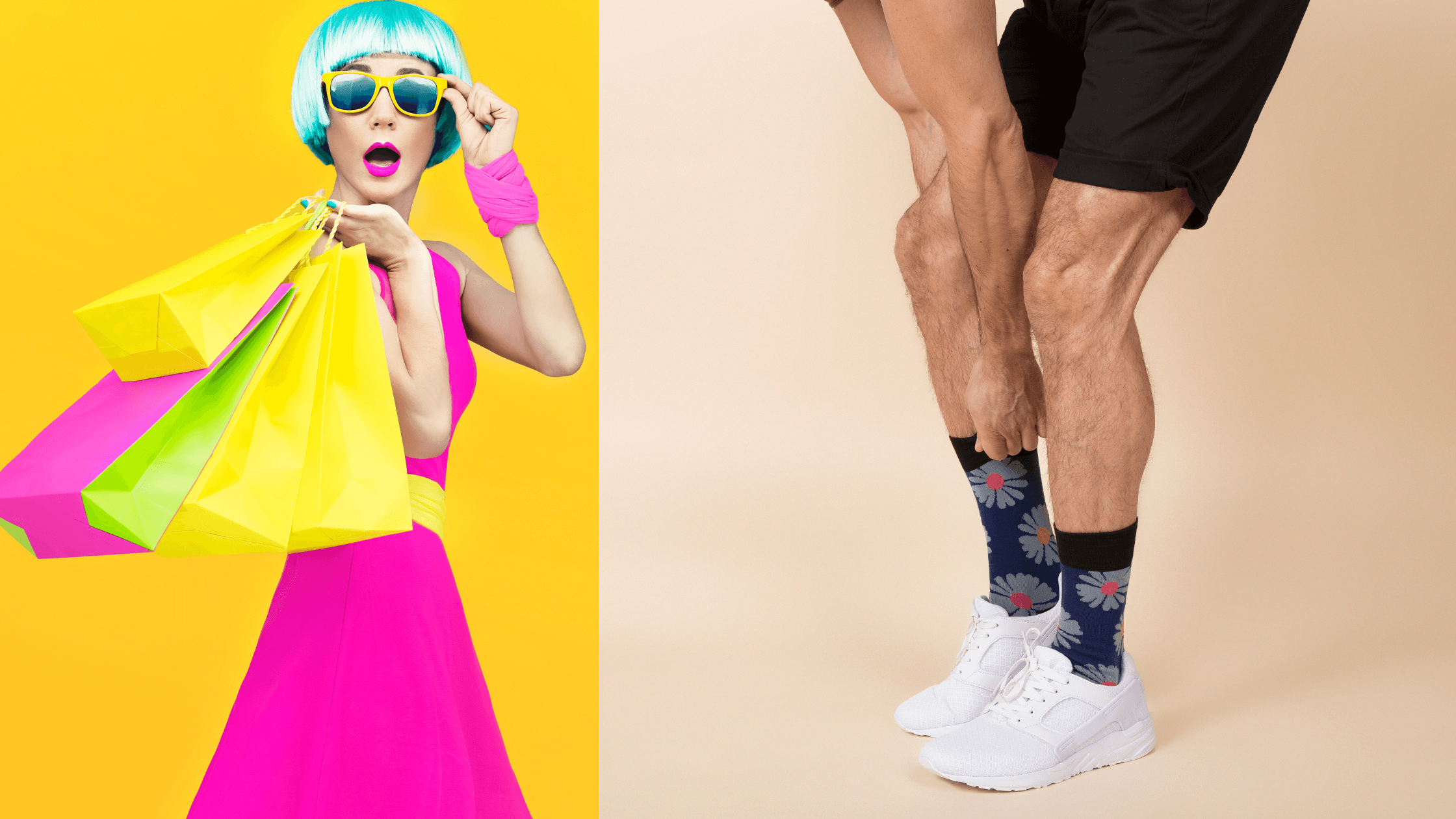
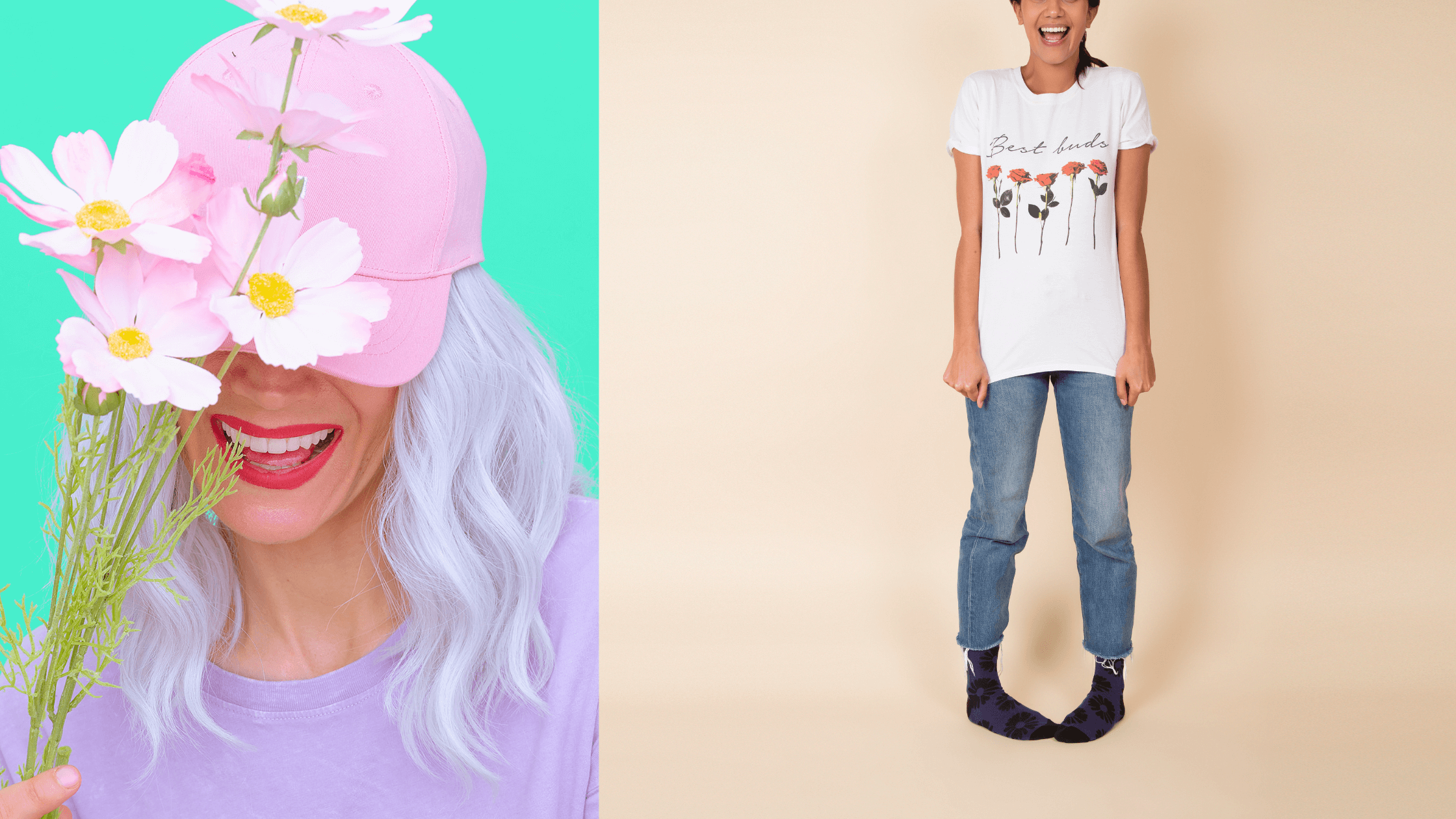
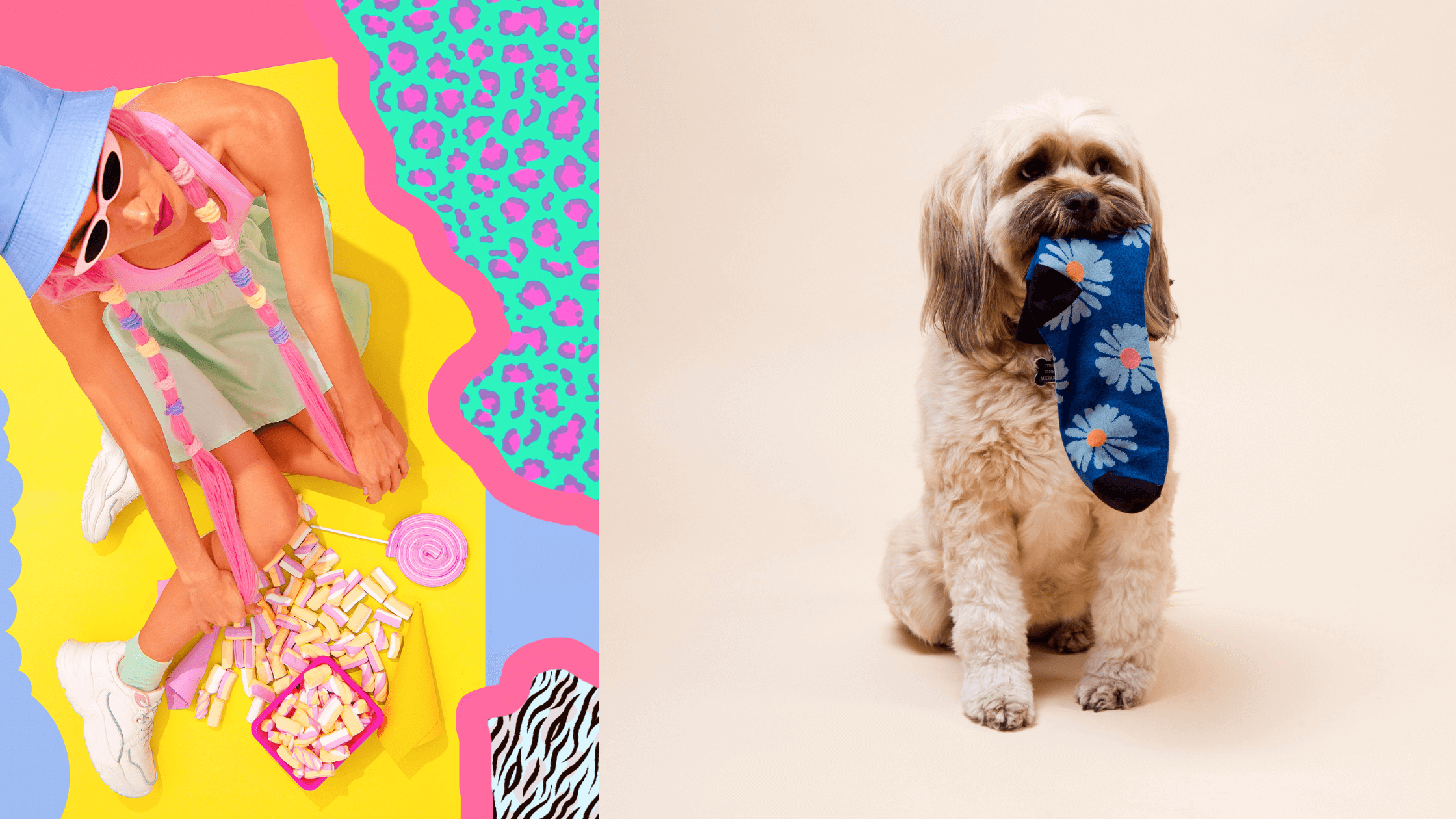

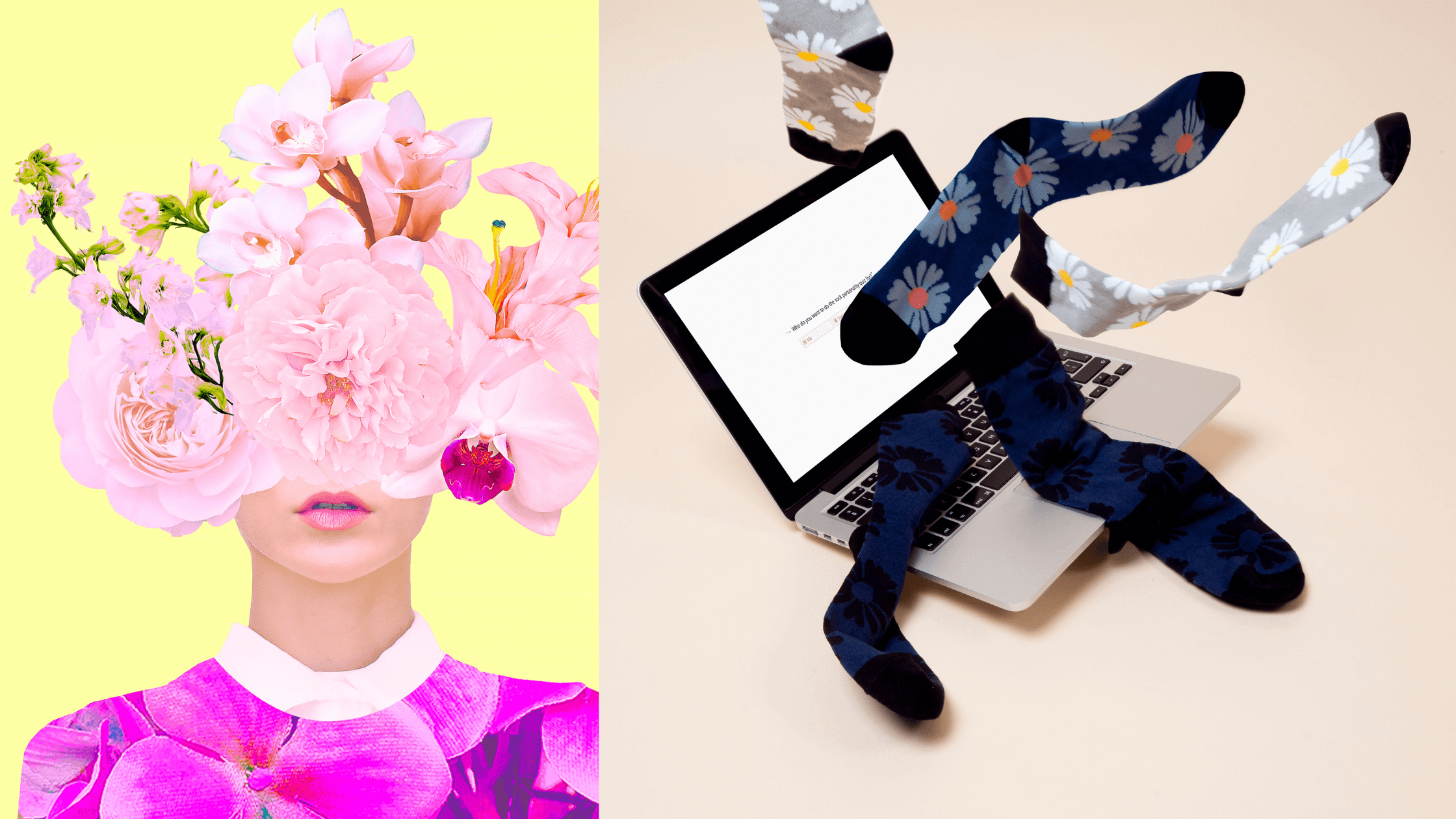




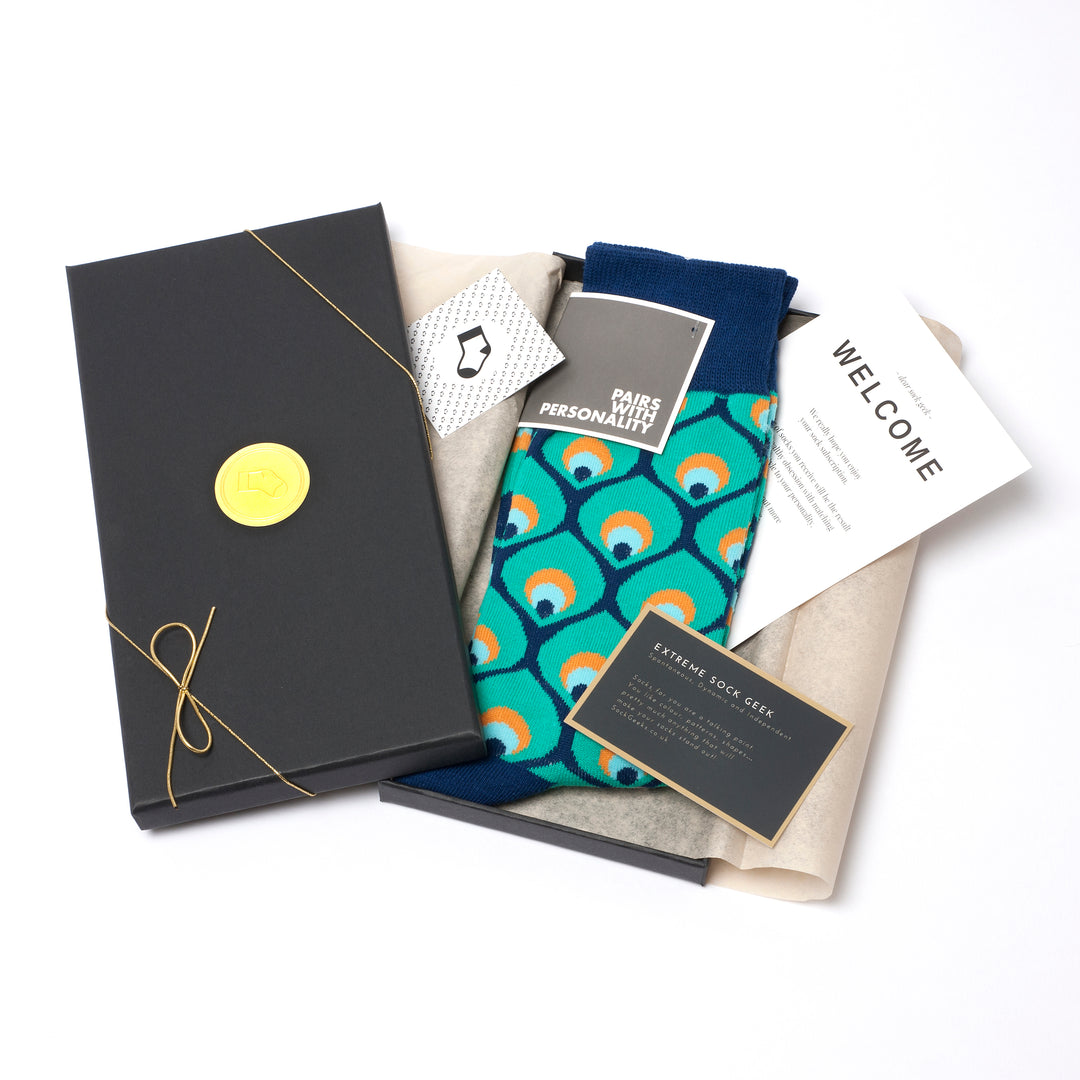
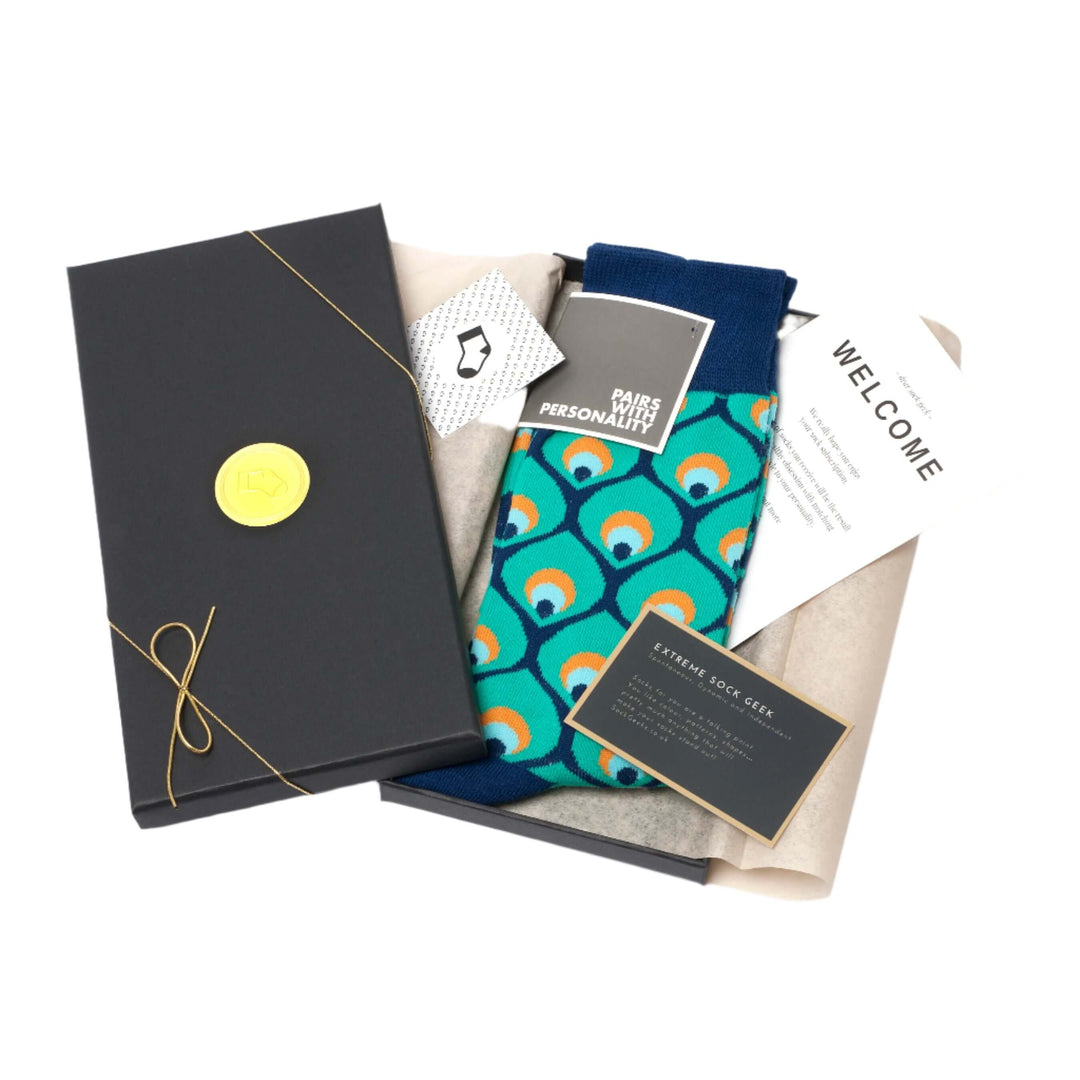
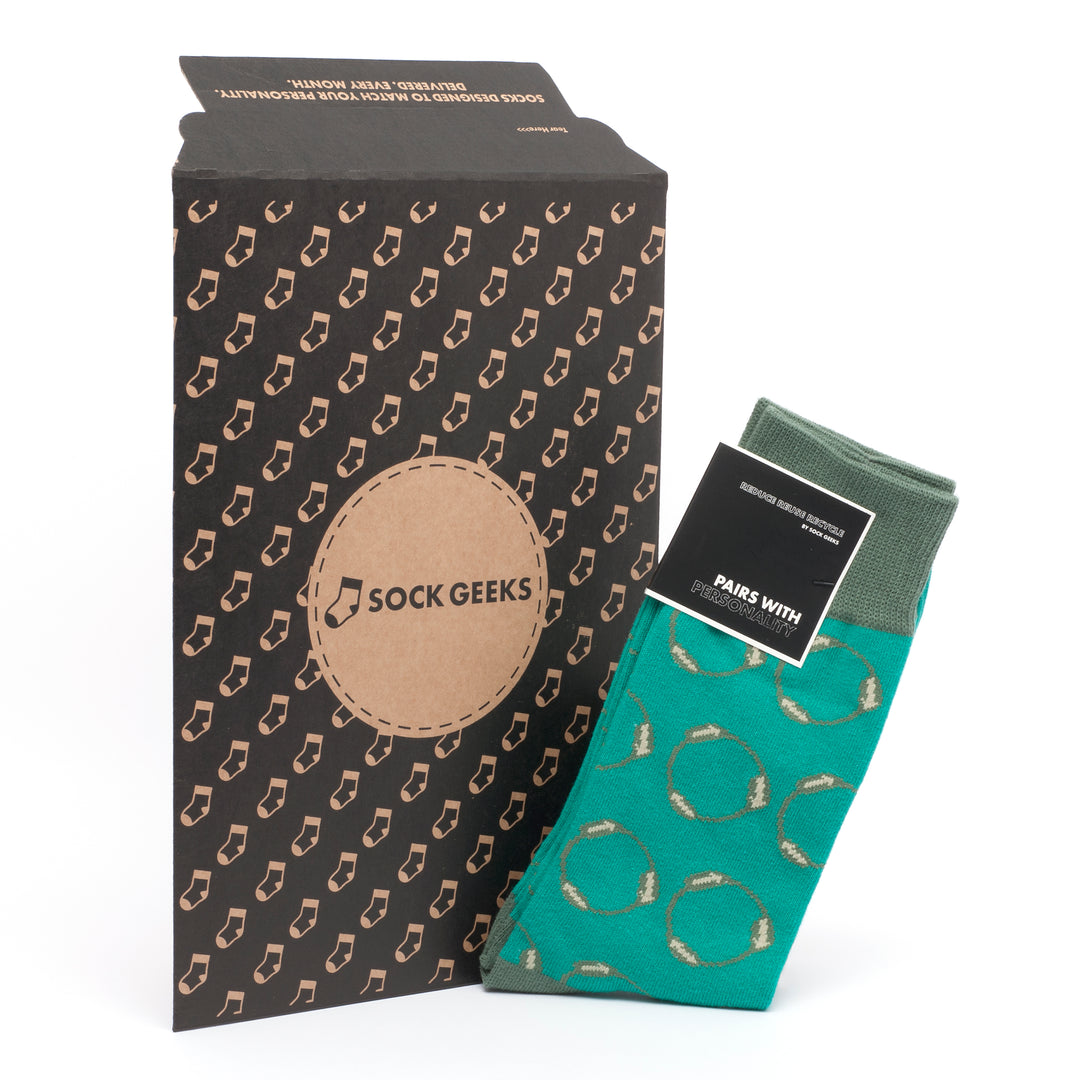
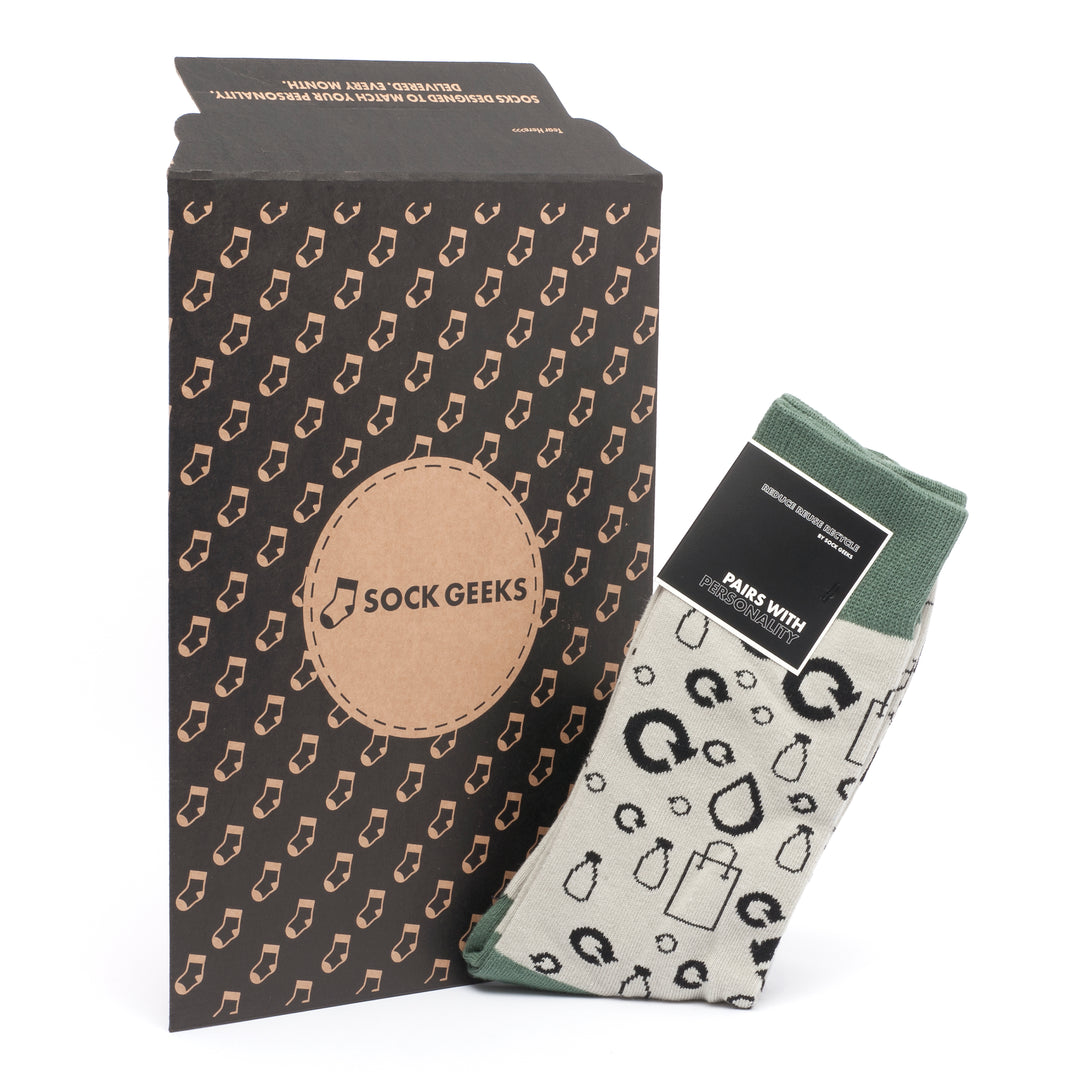



Leave a comment